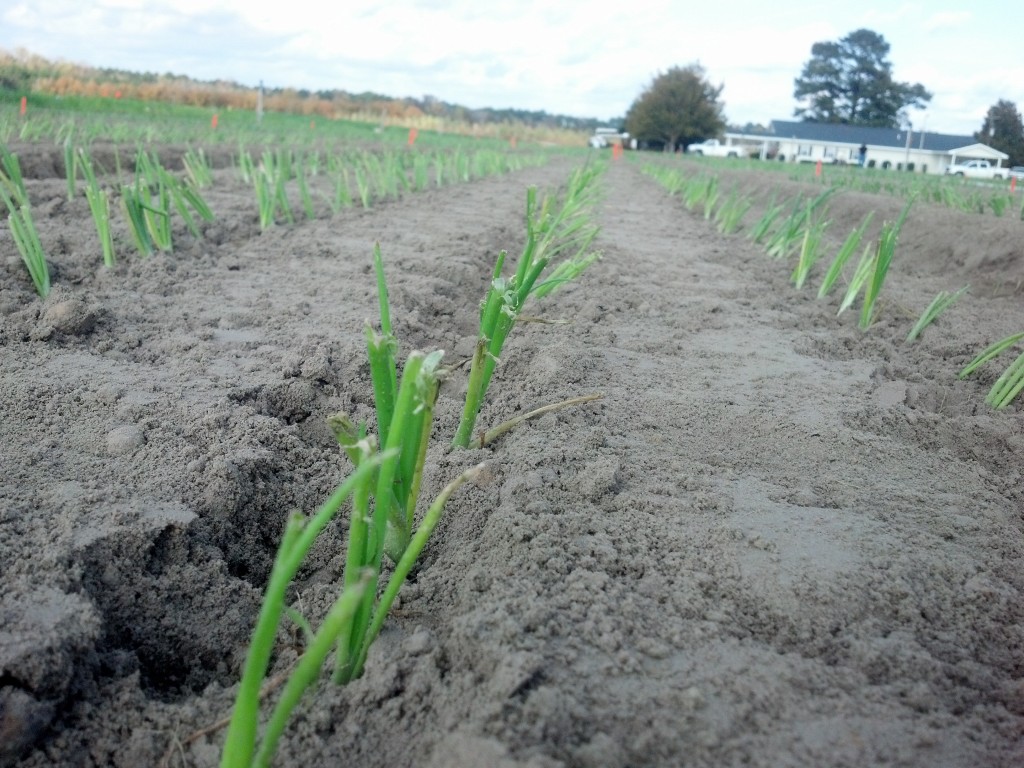The planting of our cotton crops is on its way and now is the time to start thinking about management of Silver Leaf Whiteflies (SLWF). In Georgia SLWF infestations are most common in areas where both cotton and vegetable production occur. That puts Tattnall County in a prime susceptible location for a SLWF infestation. Mild winters, such as the one we just had, also provide favorable conditions for survival of SLWF populations. This may not necessarily mean there will be a SLWF problem in this years cotton crop, but we should recognize the potential of one to occur. Since we are in an area that is prone to have SLWF, now is the time to manage the risk factors that we can control.
One of the first steps we can take in managing the risk of SLWF in cotton is by planting smooth leaf varieties. There is a direct correlation of SLWF infestations on hairy leaf cotton varieties. By planting smooth leaf varieties, we will be planting the least preferred by SLWF. The second step is the planting date. The later the planting date, the greater the risk of problems with SLWF. The potential for yield loss from SLWF is greater when cotton is squaring or in early bloom compared to late bloom. We want to shoot for getting that cotton in the ground in April and early May so the risk of problems is at its lowest. The last thing we can do is avoid planting cotton next to infested spring cucurbit crops.
I hope you find this information useful and feel free to reach out to (912)-253-3515 if you have any questions.
